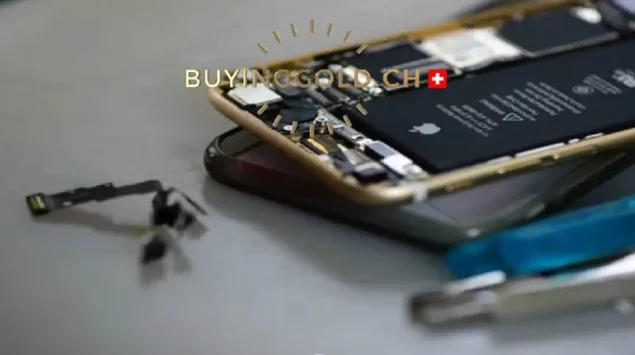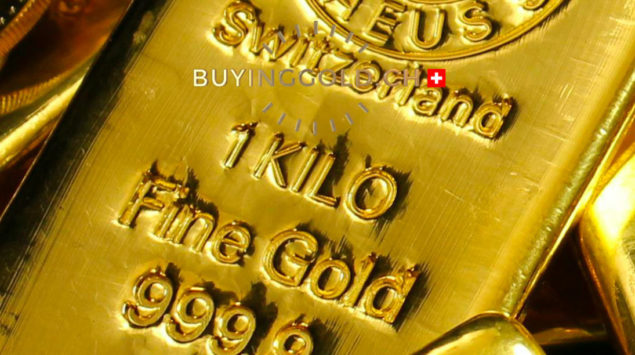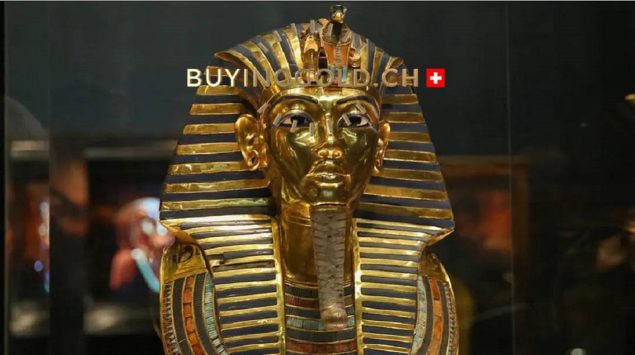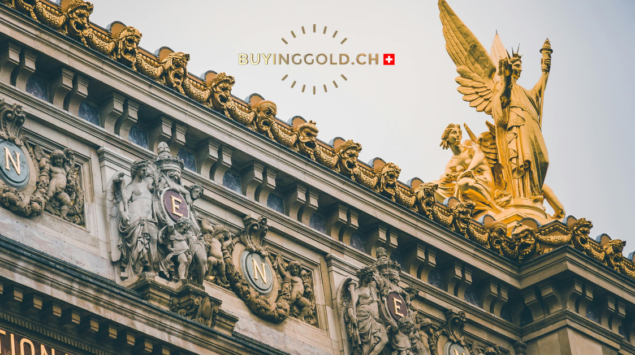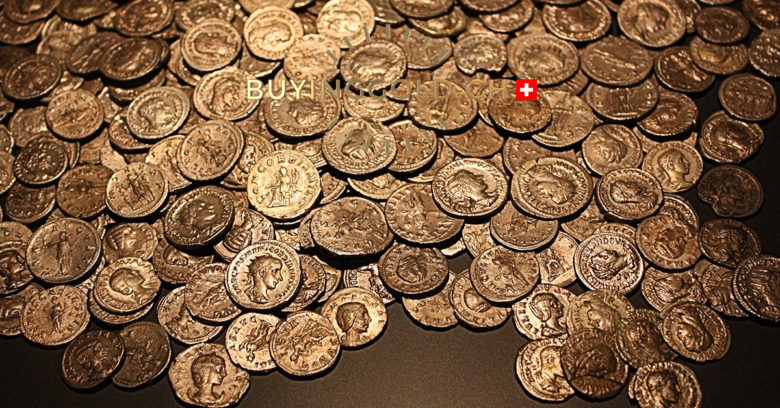
Gold coins have a long history in China, with some of the earliest examples dating back to around 2,500 BC.
These early coins were likely made of electrum, a natural alloy of gold and silver. By the time of the Qin Dynasty (221-206 BC), gold coins were officially minted and used as currency.
During the Tang Dynasty (618-907 AD), a new type of gold coin called the Kaiyuan Tongbao was introduced. These coins featured the Chinese character for “tong” (meaning “unite”) on one side and the character for “bao” (meaning “treasure”) on the other.
The Kaiyuan Tongbao coins were so successful that they remained in use for over 400 years. In the late Tang Dynasty, a new gold coin called the Zhongtong Tongbao was introduced. These coins featured the Chinese characters for “zhong” (meaning “middle”) and “tong” (meaning “unite”) on one side, and the character for “bao” (meaning “treasure”) on the other.
The Zhongtong Tongbao coins were also successful and remained in use until the end of the Song Dynasty (960-1279 AD).
During the Yuan Dynasty (1271-1368 AD), the Mongols introduced a new gold coin called the Zhongtong Jiaochao. These coins featured the Chinese characters for “zhong” (meaning “middle”), “tong” (meaning “unite”), and “jiao” (meaning “currency”) on one side, and the character for “chao” (meaning “surpass”) on the other.
The first gold coins in the Yuan dynasty were issued in 1260, during the reign of Emperor Kublai Khan.
These coins, known as shuangqian, were double-sided and had a square hole in the center. They were made of gold, silver, and copper, and were used as currency in China and other parts of Asia. In 1271, the shuangqian was replaced by a new gold coin, the yuanshuai. This coin was round with a hole in the center, and had a different design on each side. The obverse side showed a dragon, while the reverse side showed a phoenix. These coins were also made of gold, silver, and copper, and were used as currency in China and other parts of Asia.
In 1279, a new type of gold coin was introduced, known as the jiaochao. These coins were similar to the yuanshuai, but were larger and had a different design on the reverse side.
The obverse side showed a dragon, while the reverse side showed the Chinese character for “longevity”. These coins were also made of gold, silver, and copper, and were used as currency in China and other parts of Asia.
In 1287, the qianyuan another kind of gold, silver and copper coin were issued. These coins were looking like to the jiaochao, but were smaller and had another obverse side with the Chinese character for “wealth”.
In 1294, again another gold coin was introduced, known as the huangqian. Still similaire to the other one but with the Chinese character for “power”.Finally In 1297, the empire minted the chaogong. with the Chinese character for “luck” and like the others were used as currency in China and other parts of Asia.





